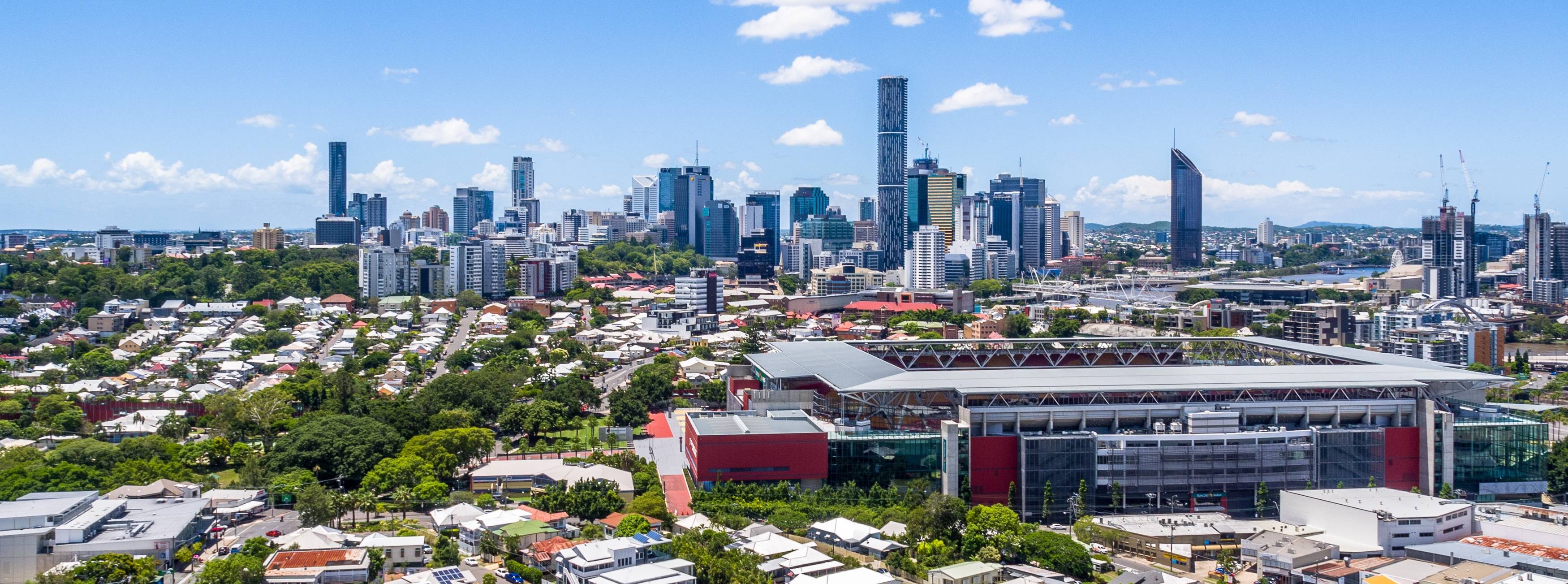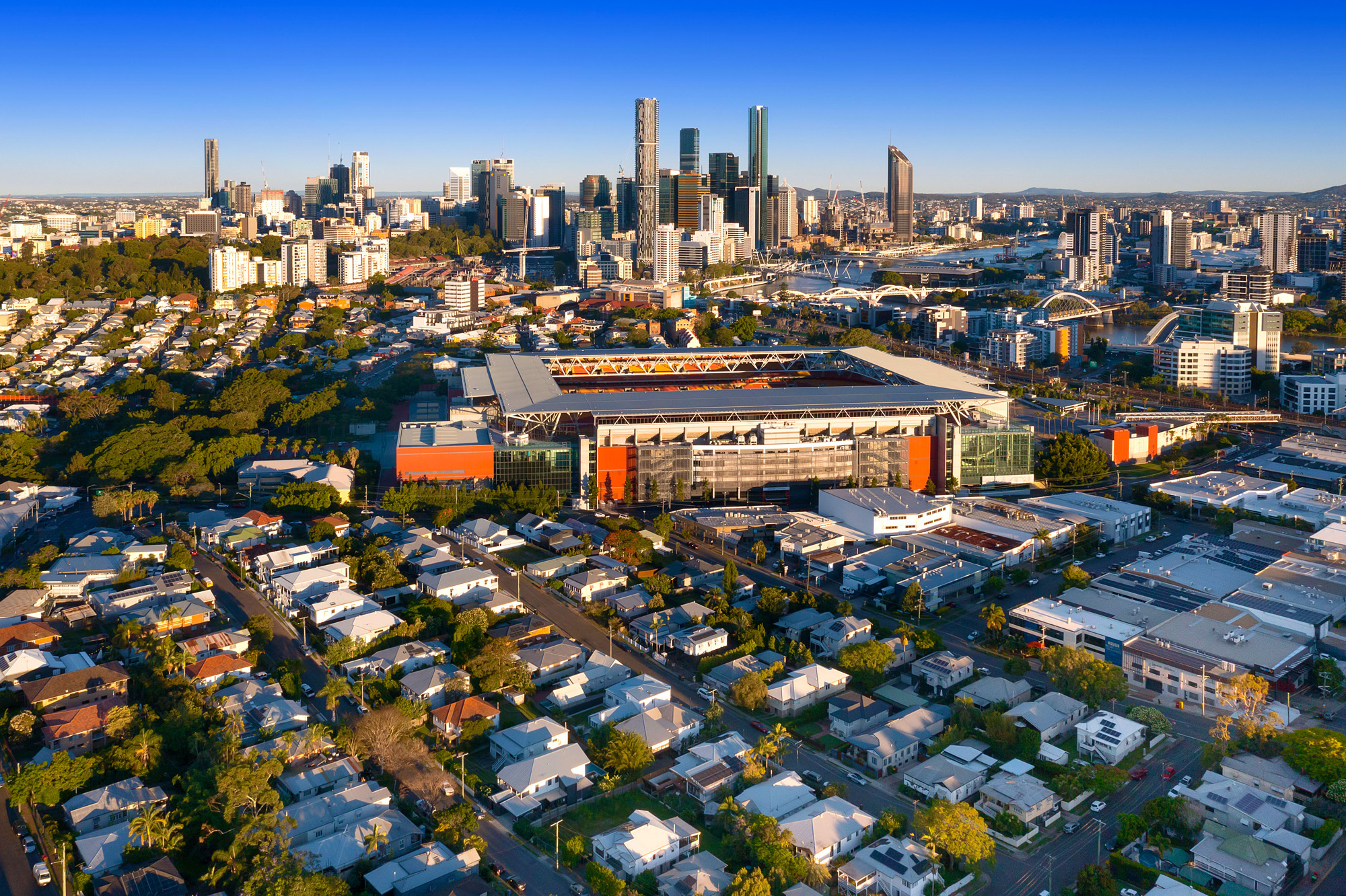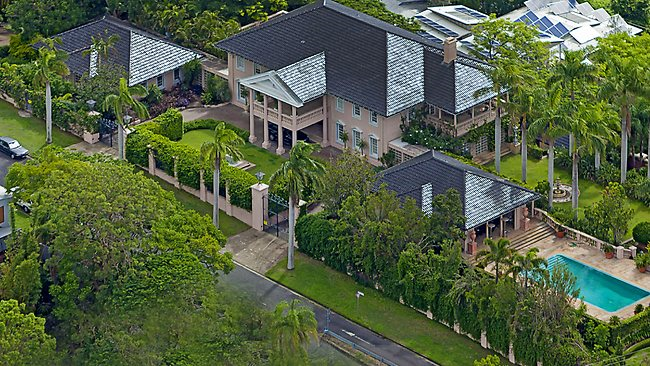Suburb Brand = Competitive Edge
Discussion has been running hot lately about what makes a town or city great. In marketing speak, the term bandied around is ‘place branding’.
Buzzwords aside, it’s not really about a logo. It’s about what differentiates an area, and why people are drawn to live, work or play there. Think about the characteristics of your suburb or dream address. See if you agree with our list of important ‘brand’ attributes.
Sense of place
We were interested in what Australian ‘place branding’ consultant Andrew Hoyne had to say in a piece for theurbandeveloper.com, after he attended the recent SXSW Global Cities Summit at the invitation of Berlin.
“Place branding is not simply about marketing,” he wrote. It’s about tapping into the honest, authentic, central idea of a community so it becomes clear what differentiates this city, or this place, from others. It’s about creating a competitive advantage – communicating to people why they should visit, open a business there, or invest their money.”
He also spoke of a universal concern in big cities, about density and new development. Governments, he suggests, often sit on their hands rather than tackling anxiety about the impact increased density might have.
“It’s about understanding how to make cities inclusive so that there are funding initiatives, enabling those who make up the city’s intrinsic fabric to remain while still welcoming new residents and business.”
Team Dixon Family put our heads together to come up with characteristics that best build a suburb’s brand for added value, and those that will dilute it. Of course, different buyer profiles will rate suburbs on different criteria. Retirees, for example, place no value or schools and childcare, while families rate schools, transport and parks highly. For childless couples, social infrastructure is number one.
Brand builders
• Catchment for highly-regarded public schools, eg. State High, Ironside SS, Indooroopilly SS, Montessori
• Proximity to employment and services, eg. university, private schools, hospitals, CBD, entertainment
• ‘Walk score’, access to cafes, shops, rail, reliable public transport
• Suburb ‘vibe’, ie. pride of ownership, community (tribe) feel, quality homes, gardens, consistent architectural character (think Paddington timber cottages, grand colonial style of Chelmer)
• Café culture + fresh food (eg. James Street Market, The Bardon Shed, Hawthorne Garage)
• Land size, space and low (or at least appropriate) density
• Leisure infrastructure, eg. playing fields, parklands, bike paths, walking trails, dog parks
Brand busters
• Inappropriate or excessive high density development, eg student accommodation, investment units (a la West End, Newstead, Woolloongabba)
• Parking and traffic hassles (often caused by the above)
• Lack of street and public parking near facilities, eg. at shops, schools, train stations
• Lack of infrastructure to keep pace with development
• Criminal or anti-social element, poor security or safety
Brand Bardon, which appeals strongly to young professional families, is about quality education options, big blocks, parklands, playing fields, dog parks and the Mt Coot-tha walking trails. Brand New Farm, on the other hand pleases well-to-do couples and singles, with architectural character, convenience, social infrastructure, great shopping, and a riverside lifestyle. Both brands drive strong property values and demand.



